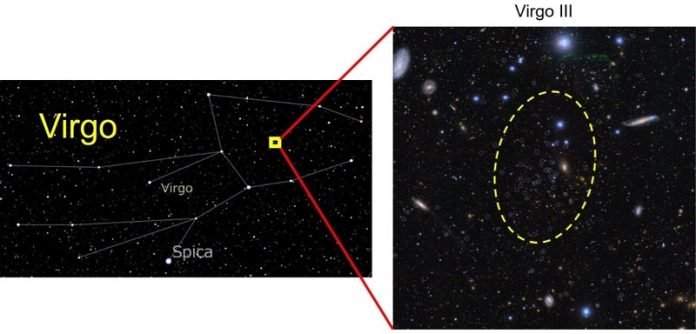
Astronomers have made an exciting discovery that sheds light on the Milky Way’s satellite galaxies, small galaxies orbiting our own.
This discovery is crucial for understanding dark matter and how galaxies evolve over time.
For years, scientists have puzzled over the number of satellite galaxies around the Milky Way, a discrepancy known as the “missing satellites problem.”
According to theories based on dark matter, we should have about 220 satellite galaxies, but only nine had been confirmed until recently.
Using the powerful Hyper Suprime-Cam (HSC) on the Subaru telescope in Hawaii, an international team of researchers has found two completely new satellite galaxies: Virgo III and Sextans II.
This brings the total number of known satellite galaxies to nine, hinting at a potential solution to the mystery.
Professor Masahi Chiba from Tohoku University explains, “Discovering these galaxies is crucial because it helps us understand how many satellites actually exist around the Milky Way.”
The HSC’s capability to peer deep into space allowed researchers to detect these distant and faint galaxies, previously unseen by other telescopes. This discovery suggests there could be many more satellite galaxies waiting to be found.
Surprisingly, the team’s findings suggest there might actually be around 500 satellite galaxies around the Milky Way, far more than predicted. This shifts the problem from “missing satellites” to a “too many satellites” challenge, raising new questions about our understanding of galaxy formation and dark matter.
To confirm these numbers and explore further, astronomers plan to use the Vera C. Rubin Observatory in Chile next year. This observatory’s wide-field view and advanced technology are expected to reveal even more satellite galaxies, providing deeper insights into our galactic neighborhood.
“The next phase of our research is to use the Rubin Observatory to scan larger areas of the sky,” Chiba says. “We hope this will uncover many more satellite galaxies and help us refine our understanding of the Milky Way’s cosmic companions.”
In summary, this discovery marks a significant step forward in unraveling the mysteries of our galaxy’s satellites and their implications for our understanding of the universe’s structure and evolution.
Source: Tohoku University.



